Meet the golf course manager: Peter Bradburn
Related Articles
The course and grounds manager at Roehampton Club in London talks about maintaining a prestigious course during the Covid-19 lockdown, the environmental work the club has carried out in recent years and why he still loves being a greenkeeper after three decades in the job.
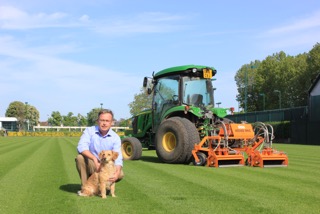
There are not many venues like Roehampton Club. Situated near Richmond Park in south west London, it features an 18-hole golf course, 30 tennis courts with ten grass courts and four international-standard croquet lawns, as well as swimming pools and squash courts.
The parkland golf course includes a practice putting green, chipping green, practice nets, computer room and a short game practice and teaching area, and Ken Moodie and Ken Brown remodelled the bunkers and re-shaped a number of greens in 2009/10 to ensure the course offers challenging conditions.
We spoke to Peter Bradburn, the venue’s course and grounds manager, about the challenges involved in maintaining this venue.
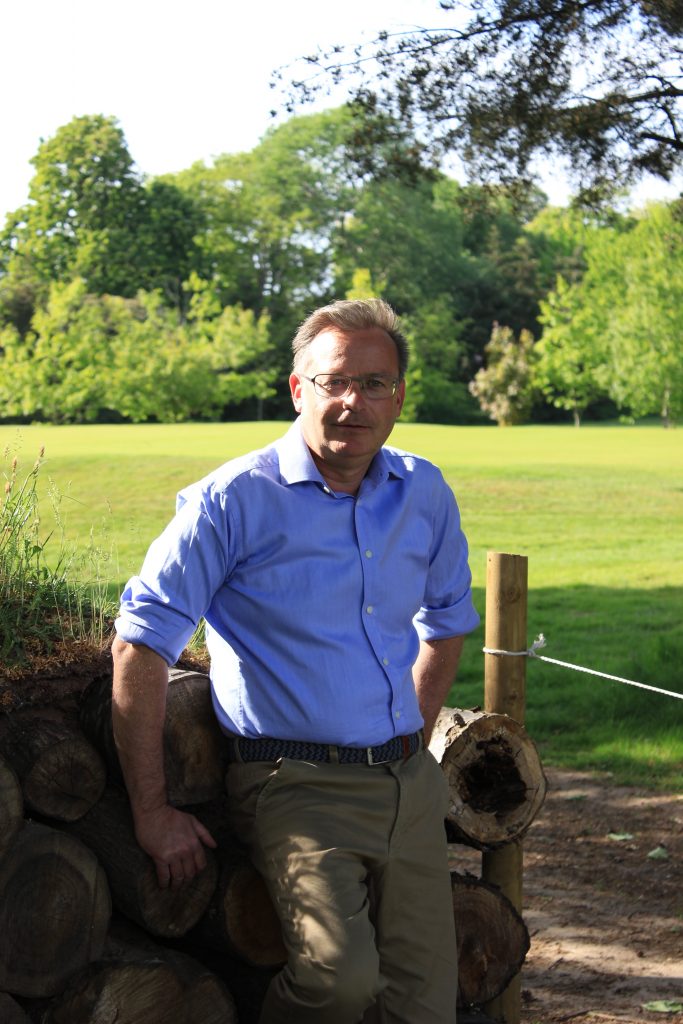
What was your career path to this role?
How to abridge a lifetime’s working career? At the age of 17 I joined the City of Birmingham Apprenticeship scheme to become a horticulturalist. The programme was one of the last true apprenticeships before the process fell apart under the direct contracting process of the 1980s. During the four years I was posted to several municipal golf courses in the city’s limits and it was from these experiences that I decided I wanted to make a career in golf.
I enrolled at Myerscough College in 1989 on the newly devised BTEC diploma course in turf science and sport management. During the three years I worked at the All England Club with Jim Thorn and Eddie Seaward and also completed a stint in New Zealand working with the country’s equivalent of the STRI at a seed research station.
After graduating I was fortunate to be employed at the London Golf Club during the pre-opening grow-in of the courses and in the seven years rose through the ranks to head greenkeeper of the Heritage Course. Having gained a taste for the growing-in of courses I subsequently spent the next 15 years of my life specialising in bringing courses to operational use in the Mediterranean area: Plazzo Azzaga in Italy, (Nicklaus design and Gary Player), Aphrodite Hills in Cyprus (Cabell Robinson design), The Montgomerie in Turkey (CM/ EGD design) and Elea Estate back in Cyprus (Nick Faldo design). As well as working with the design team for each of the above, I have gained a lot of experience and knowledge of warm season grasses from bermuda to paspalum and how to keep bentgrass greens varieties alive in extreme temperatures also.
After the decline of real estate golf property sales, post-recession days of the 2010s, I decided that it was time to reassess my life. Time for a reality check and review what was important to me. It was time to take the skills I had previously learnt back to the UK and work for a club which could allow me the ability to transfer knowledge and skills in a setting which was dynamic in a different way (to the build scenario). The Roehampton Club needed a course and grounds manager to take the club into the 2020s and build on the success previously John Lockyer had made of the sports, but have the ability and vision to take this on to the next level and bring the membership on-board at the same time.
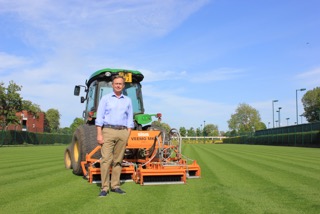
What is the overall size of your team, how is this split, do members of the teams have specific tasks?
There are three sections under my remit. The golf, grounds and gardens teams ,which manage all the areas external to the clubhouse operation. Golf is the largest team of 12 members, followed by grounds, of four. Gardens have three and the support staff is the mechanic and myself as manager and administration. The estate consists of a full 18-hole course and practice facilities, 30 tennis courts, four croquet lawns, health club facilities and a formal Edwardian garden. As one-team we do cross assist each section in deploying staff to help at times of peak need across the sports. We also believe in training and developing individuals to roles within the department to give team members the chance to learn and gain promotion within the club.
Covid-19 has brought about change to daily life and working practices. How has this impacted on you, your teams and what actions have you been forced to take as a result?
Like all clubs, we had to follow the instruction to close the facilities to members and managing a facility in London under lockdown was the weirdest of experiences. We followed the governing body’s information on maintenance practices and to survive we had to rotate staff on and off furlough to ensure financially we are in a good place for the rest of the year. Rotating staff in this way and splitting the team has given us the insurance that we are keeping everyone safe and can manage social distancing in a sensible way. Change and responding to a crisis is something that everyone fears but as I have explained to the team, in the 119 years of the club’s existence – two world wars, the 1918 flu pandemic and countless recessions, the Roehampton Club has seen these problematic times before. Yet, we are still here as a club and stronger than ever before due to its people.
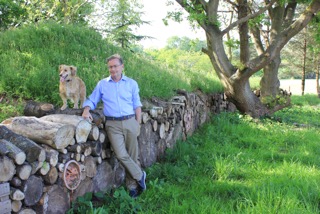
How has the current situation affected working practice across the course and grounds, and how is the team responding with each other’s safety in mind?
Keeping everyone safe has been an important task, lone working practices has been the key to the strategy and the rotation of the teams has helped everyone have an input with managing the facilities in this process. It really has brought the best out in everyone and kept them sane when we have not had the normal day to day realities of preparing for the members’ expectations. We have had to manage the surfaces in a state of ‘hibernation’, so we can turn the course, courts and lawns around and back into full use as soon as it is possible. I have had great support from my chief executive, Marc Newey, and we have worked as a management team to keep members and our own team updated (and entertained) as much as possible.
You’ve introduced an environmental policy across the course and club. Please can you explain what you’ve done and how this is working?
The club has had an environmental policy in place for several years before I arrived. When I began work at the club six years ago I primarily took the time to listen to as many of the members’ concerns about the facilities and what they felt were the important assets of the club. Strategically, we were doing the correct things but I felt we needed to go further. We began by introducing a recycling solution to waste management and composting all the green waste materials as much as possible. This material we reuse to create new landscaping areas within the golf course, adding areas of interest for the members who play golf as well as creating habitats and feeding grounds for pollinators.
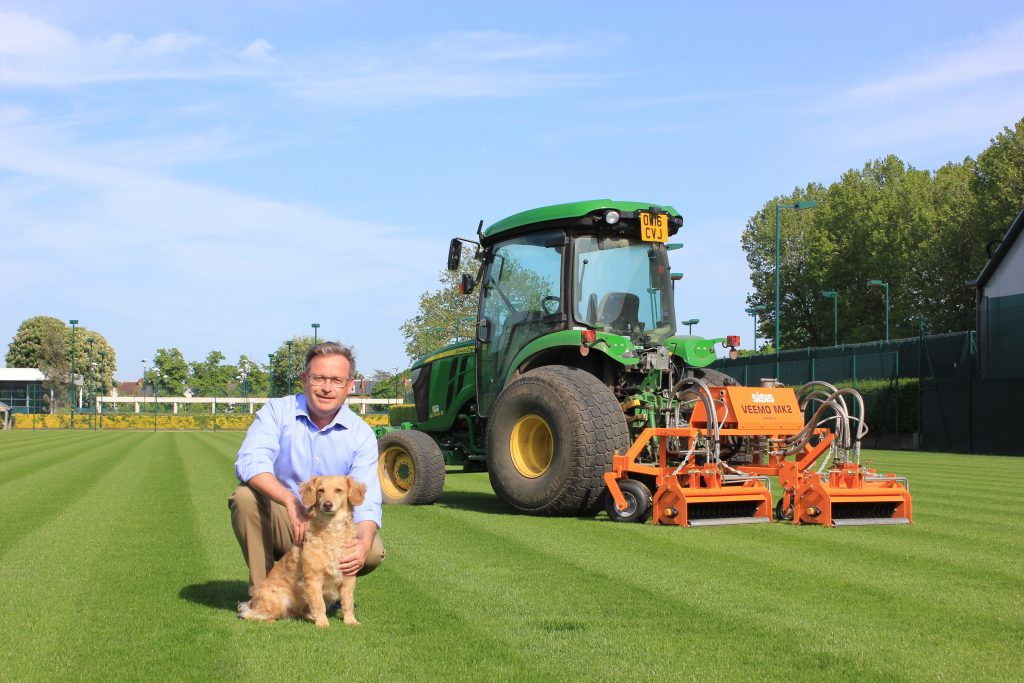
There has also been a very productive tree planting programme on the estate for many decades. It was ripe to increase the management policy to address this and promote the best of the tree population and weed out the weakest trees. We have used the best advice we could gain to envisage how global warming will affect the woodland of the south east in years to come and what we should be planting in the future. Felled trees from the estate have been used to make a living wall habitat that enclosed part of the recycling unit; the whole enclosure is capped off with mounding, which has wild flower meadow species sown over the top. The members love initiatives such as this and are now actively on board through an environmental committee we have instigated at the club to improve our credentials and be a responsible custodian of the land we manage as a club.
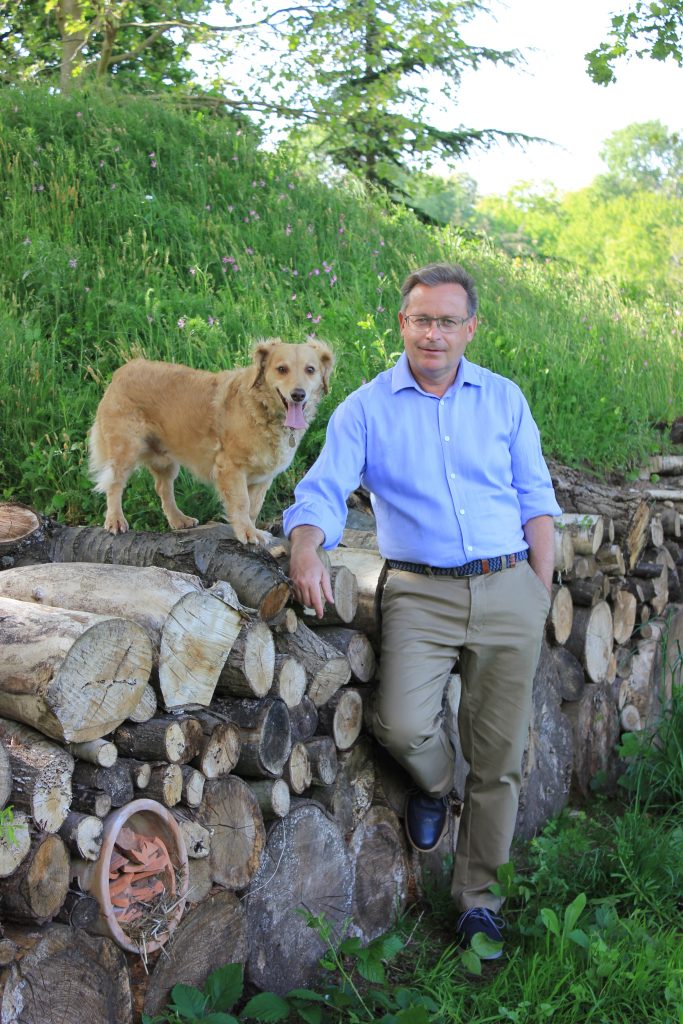
Beehives have been introduced to the course, how did this come about, what training was needed, what has this added to the course and club, and how have the members reacted to this?
Friends of mine retired early and as part of the mission to improve their life became beekeepers. I was fascinated by their anecdotes and we reclaimed an area of the course previously used as a dumping ground for waste. The golf team landscaped the area and as part of an incentive project we supported staff to go to night school and do courses in beekeeping. We now produce our own honey and the members are enthralled that we have our own colonies and we give them updates during the season on how the bees are doing.
The course irrigation system has been revamped. What work has been undertaken, where do you source water from, how have you reconfigured the sprinklers and what overall results have you experienced and what savings do you envisage being made?
The system was due for an overhaul and is one of those big ticket items that everyone will kick down the line, as to renew a system can be very expensive. I took the approach that the club could break down the programme of improvements in steps, therefore spreading the fiscal need to invest in the system over several years instead of a large ticket capital investment in one hit.
In the first process the pump station was revamped to give us some breathing space in ensuring that the pumps worked efficiently, which included a new controller gear, improving water management and electricity costs. In the second phase, we sunk a bore hole and improved the irrigation tank design and capacity to allow us to blend water and reduce our reliance on town water supply. In the last 18 months we have replaced the computer system configuration and updated the software. In the field we have replaced irrigation heads around greens and surrounds and currently we are renewing decoders to ensure the electrical component element of the system is restored to a good working condition. I am sure there is more we shall be doing in the future but breaking it down into manageable portions of renewal has caused less disruption to our members and the bottom line in general.
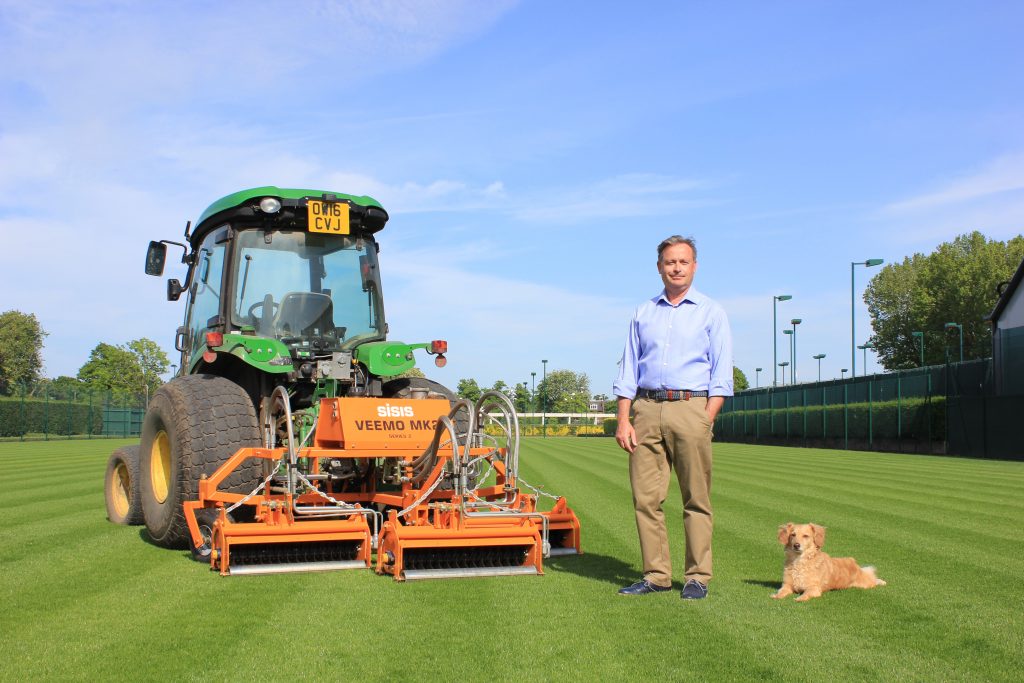
You purchased a SISIS sweeper, what attracted you to this product and what level of work does this machine undertake across the course and how helpful is it?
We have a lot of trees at the club, as I have mentioned, what is important for the members is that at leaf fall time, the turf is kept in good condition and leaf litter doesn’t slow down their round of golf searching for their ball. Therefore we need the right piece of kit to maximise our greenkeepers’ time on the task of cleaning areas. The sweeper ticks all the boxes in this instance and is reliable and easy to maintain.
You have also purchased a SISIS Veemo. What was the particular appeal of this machine and how has this contributed to the maintenance programme across the course and club?
It’s a case of economics, when purchasing for a multisports club. We cannot duplicate machines over the key sports of tennis and golf and so items such as scarification equipment need to be utilised over the different sports’ surfaces. The Veemo is an adaptable enough machine that we can use for tennis renovation and court preparation in the spring. As well as the conditioning of fairways’ sward and the introduction of hard wearing grass mixes for rough and carry development.
In terms of machinery selection and purchasing criteria, what do you look for and how do you evaluate this prior to making an investment?
I have a dual obligation of supplying the best equipment to my team so they can function as a unit for the preparation of the surfaces and a responsibility to the board to ensure I am being prudent with all purchasing. It’s a balancing act, like spinning plates, as I require the best possible products for the club to deliver the best offering possible to members for all of the sports and leave no element under resourced. I think this is where my previous experiences kick in and you learn to use the resources you have to deliver.
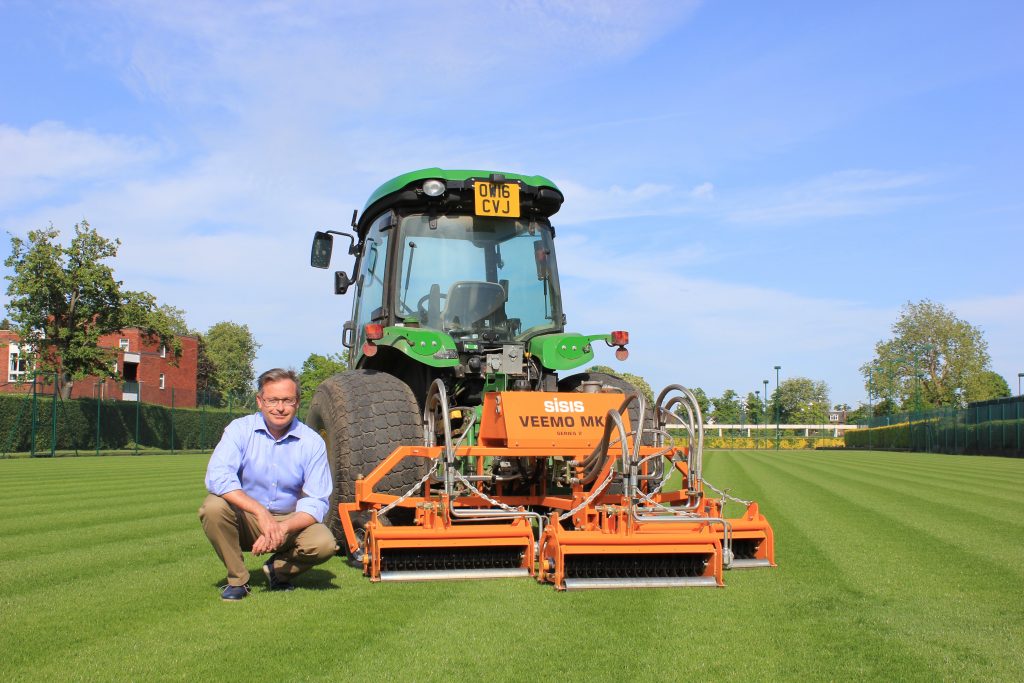
The course has seen the introduction of shrub and flowering beds. How did this come about and what form and style do they take?
The club has always been known for its horticultural excellence. The Miller family, who were the creative force behind the club in 1901, were keen gardeners. The landscaping of the estate, including the golf course, is testament to this inheritance. What I have tried to do is adapt this legacy and update the philosophy to a modern age. The need to manage a resource that is sustainable and enduring is an important factor, hence the type of planting we have created on the course and within the estate. For example, the establishment of a dry garden on the course. It is also a model for members to emulate and show them what is achievable in their own domestic setting.
You’ve introduced an aggressive overseeding programme and some new cultivars to the course. Which areas of the course are currently of specific focus?
It is a project we have been working on for a number of years, looking at the broader issue of climate change and how the course will cope with the changes we all face. We have to start to make those changes now so that our quality of surface remains intact for the future. Therefore we have been overseeding greens with creeping bent grasses for several years and harder wearing mix of grasses in the fairways. The current situation has put on hold our work on carries for this season but it is one area I am keen to work on introducing a rye / fescue mix in these areas and the rough in general to help with summer stress issues.
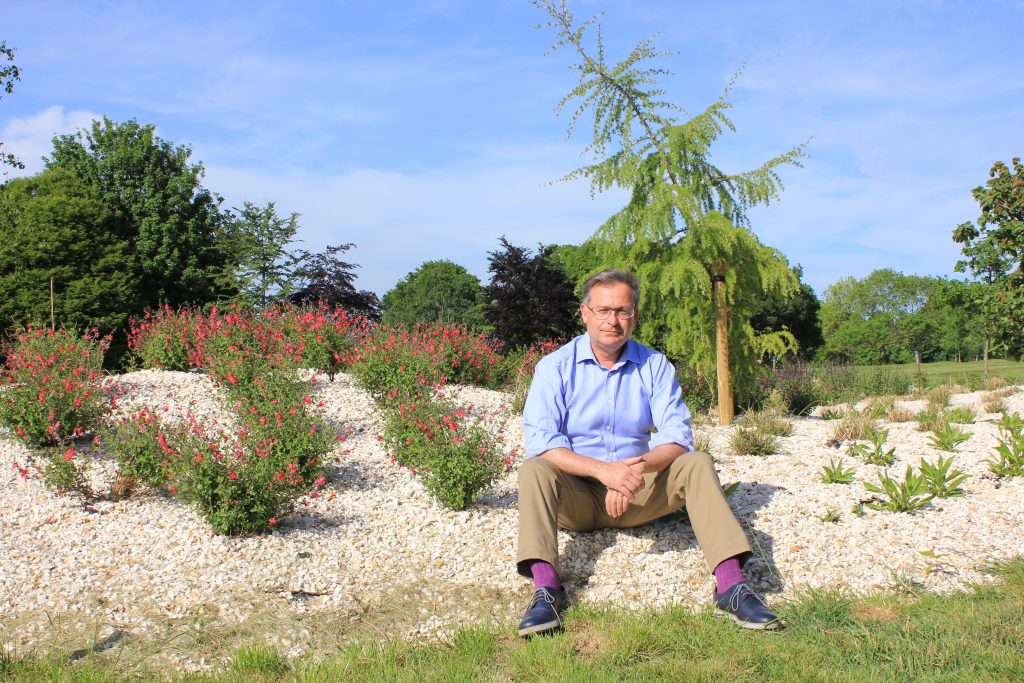
What do you think are the strengths that have carried you through your career and current position at The Roehampton Club and how will these strengths lend themselves to the shaping of the course and club for the years to come?
In course grow-in scenarios you learn to persevere, you don’t give up until the task is done. Some elements may be a slow burn whilst others are an immediate gain but you don’t give up. The Roehampton Club is a fascinating institution, part of the fabric of London’s sports scene and has seeded many sports people of the last century. It grew from being a polo venue into today’s multisports club. In the future I am sure it will evolve further and I hope to have assisted with this process in some small part.
The course has undergone a woodland analysis, what were the findings of this exercise?
The current course is set in part over the old polo fields and so being a flat site, the trees have created interest and a sense of drama where topology is absent from the landscape. We have been working with David Johnson of Barchams Trees for a number of years to look towards the future and adding trees of variety and interest in key areas on the course, with the existing range of mixed natives as the backcloth setting. In the 18th century, the land was part of the Grove House Estate, now home to the University of Roehampton, and there are a number of legacy trees which date back to this time and we hope to preserve these specimens into their third age but we are mindful to plant for the future when they are gone from the landscape also.
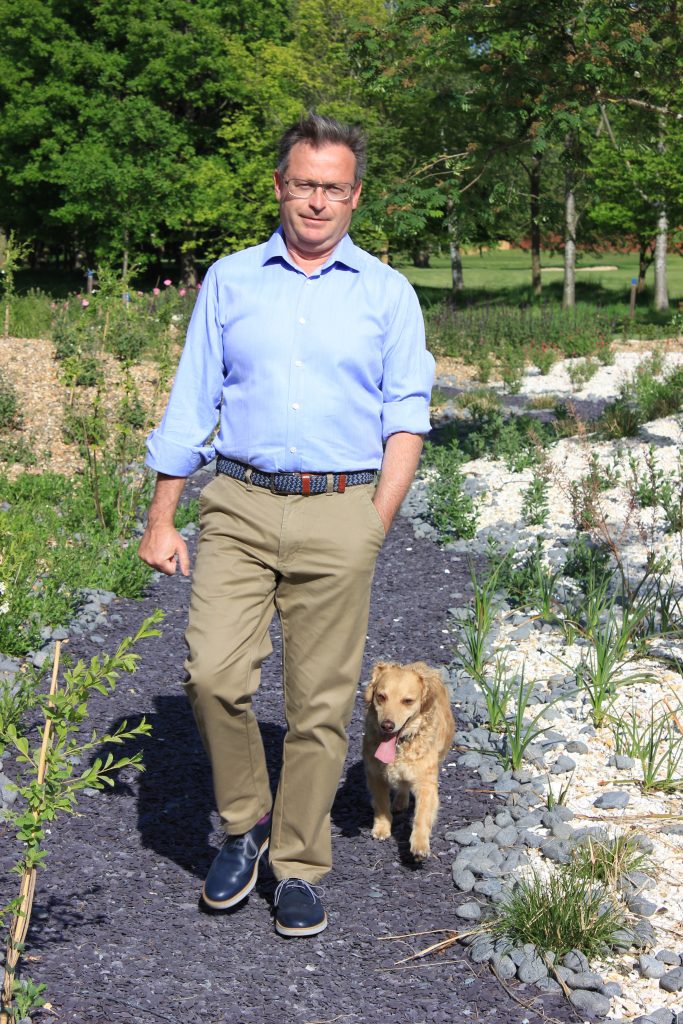
Training and education are key to developing great teams, what recent training programmes have been undertaken by team members, what areas have you or are you investigating?
I have been fortunate to work for employers and companies that have invested in my personal development through my career and I believe that a salient point of being a good employer is to be able to invest in the next generation of greenkeepers and grounds’ personnel. I have been able to secure the resources, through the club, to invest in our team and give those who desire to advance their careers the benefit of investing in them through the college-based courses with key organisations around the country.
Mental welfare of the team members is of vital importance, what has been put in place to address this?
As a key member of the team, we take mental health issues very seriously and have been training on how to help anyone in the team who needs this assistance, as a first aider-type role. It is one of the reasons why we retain our gold status as an ‘Investor in People’.

Your career has allowed you to forge great personal relationships with course managers working abroad, how has this helped you and how does it currently help members of your team?
I still have a network of good friends in the business around the globe, many I have worked with in the past and we still share ideas and information. I also believe that allowing staff to experience tournament exposure abroad is worth every penny, as much as formal education is a benefit to someone’s development. In the last six years I have sent staff around the globe, literally, from the USA to Australia. The 2016 Olympics to the Turkish Open, sometimes they even come back!
Mentors are important to each of us as we start and move throughout our career path. Looking back, who would you say had the biggest influences on where you are today and for what reasons?
There are a number of people I am very thankful to have met and had the opportunity to get to know. It may have been someone who gave me a break or offered advice. Jim Thorn and Eddie Seaward were inspirations to me as a youngster, the former being the retiring head groundsman and the latter one being the incoming one at the All England Club. Jim, in particular, was very generous in sharing his knowledge. In golf, Joe Paulin was the quiet man of the London Club but when he spoke to you, you listened. Sylvain Duval is still someone I have a great deal of time for and he has been a mentor to me since Plazzo Arzaga.
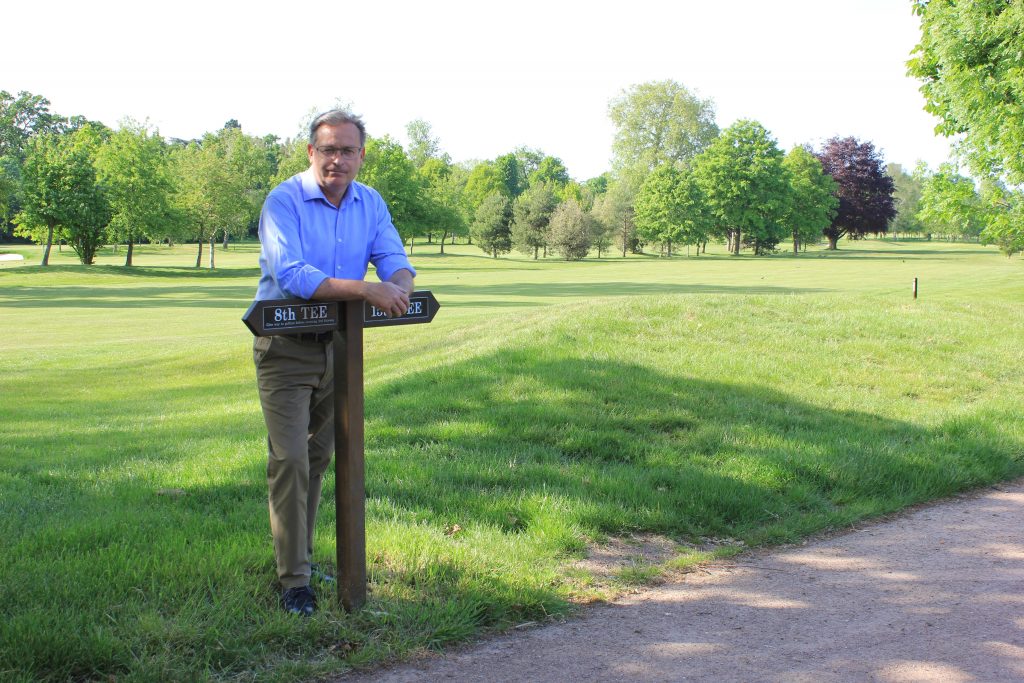
The pressures on the course manager to deliver a better product are growing year on year and the level of professionalism is rising with this. What do you think are the qualities now needed to meet the requirements and demands of golfers by someone in your position and how does this help contribute to the business of golf?
That’s a difficult one to sum up. Probably again to be able to multitask is an asset. In this day and age, a course manager has to have responsibilities for so much of the asset of the establishment. You have to be able to trust the team and delegate otherwise you are never able to function at all. Everyone will make mistakes and the facility has to learn from them and move on.
What currently gives you the greatest satisfaction from your job?
Every day raises a different challenge and allows you to improve in some small way and develop your skills. I get the most satisfaction on a daily basis interacting with the members of the club and taking on board what they want from their club. That’s not always easy but it’s what we are here for. We have members from all walks of life and professions and it’s important to be customer-orientated. I am not interested in short-term gains but that we are future-proofing the club for tomorrow and the future to come. My philosophy is very simple and clear; we know intrinsically what our customers want from their club.
I think my biggest achievement is that I still enjoy working in the industry I decided was going to be my vocation over 30 years ago and still enjoying that choice every day.
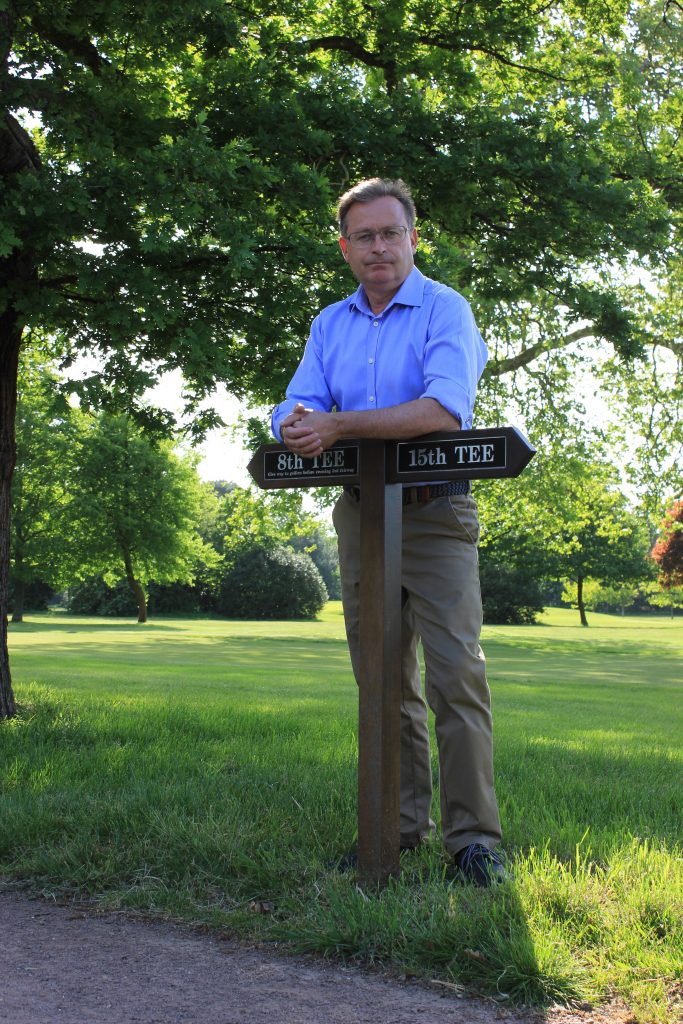
With your experience, what advice would you give to youngsters starting out and wanting to pursue a career in the profession?
Cabell Robinson said to me once, ‘Keep the faith Peter’. Something he probably used in everyday expressions but in essence, keep persevering. Best advice for someone who wants to get on, learn to listen before you speak.
Speak when you have something of value to add to the debate.
Overall, have an outlet outside of the industry. You have to learn to turn off and step away from the professional you in the office.
What changes do you think need to be made to benefit the industry sector and profession of the greenkeeper?
I think the changes both Jim Croxton and Geoff Webb are making to improve the image and how the golf and grounds industry is viewed externally can only bring an enhanced respect for the businesses, and display that we are a professionally-based career path for someone to follow.

























